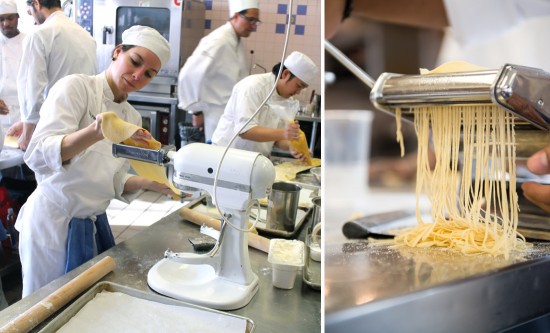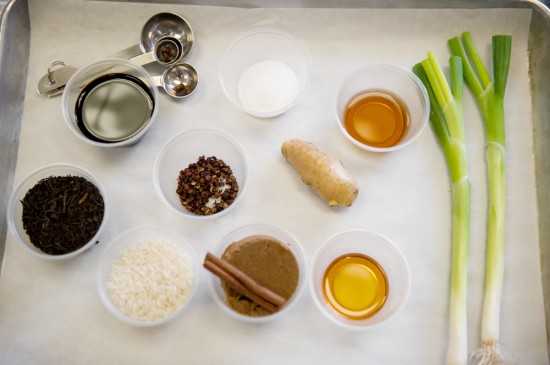Ever since I can remember, I've been an adventurous eater. I don't know exactly how this developed—whether due to my parents’ "eat it or go to bed hungry" policy or my Southern roots (my dad often brought home venison, quail or other wild game)—but I do know that my childhood had a major impact on my interest in a culinary career path.

Aside from being exposed to foods that would prompt most children to wrinkle their noses, I was fortunate enough to travel a good bit throughout my childhood. My family has always organized vacations around food, and the resulting meals are some of my fondest memories.
I'll never forget the first time I tried pâté in France, tested out fried catfish and grits in my great grandmother's small Georgia town or discovered my love for oysters at a seafood shack (covered in dollar bills) on the Gulf of Mexico. Though I had the opportunity to explore many cuisines growing up, I had never really known much about the history of certain dishes or how regional cuisines are impacted by elements like climate and the availability of certain ingredients.
Sure, I've taught myself to make many traditional Italian dishes or stir up a few Asian ingredients, but it wasn't until Module 3 at ICE that I took a deeper look into iconic dishes from across the world.

While it would be ideal to travel to as many foreign regions as possible to learn first-hand about global cuisine, the curriculum at ICE prepares students with a knowledge of the core techniques and ingredients that form the foundation of various international styles of cooking. Over several weeks, my class dove into the flavor profiles of France, Italy and Asia through articles and texts, as well as hands-on experiences in the kitchen. For many of us, it was an introduction to ingredients we’ve never seen before and techniques that go beyond “traditional” kitchen training.

It’s an exciting turning point as, at this stage in the program, we've learned almost all of the classic culinary techniques— knife skills, butchery and various dry or wet cooking methods—and are moving on to specialized skills like crafting handmade pasta, rolling sushi or whipping up duck confit.
People frequently ask about my favorite thing I’ve learned at ICE, but the truth is that diversity is the best part of this training—whether that means learning about the iconic flavors of different regions in France or applying new techniques to produce a traditional Asian dish. After completing this culinary world tour, it's safe to say I've expanded my horizons and that I not only feel prepared, but also excited to work in such a creative, international industry.
Click here to learn more about ICE's unique recipe for culinary training.




